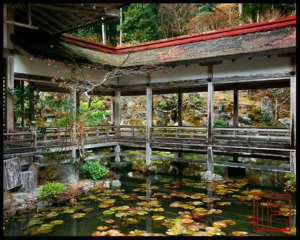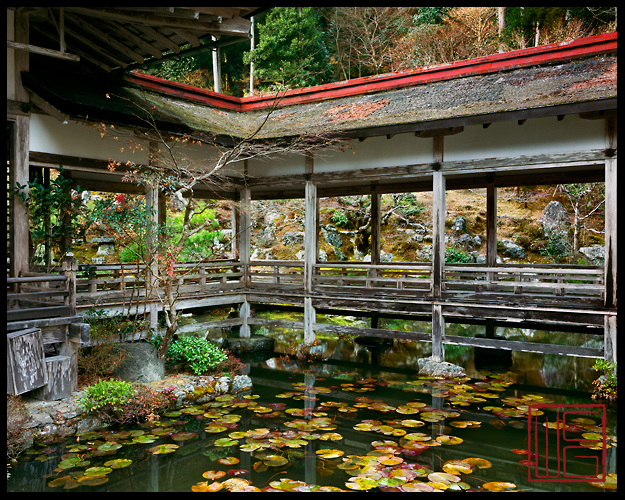
It’s tough to find redemption—or even a whiff of ephemeral bliss—when a badged, uniformed stranger has his meaty gloved fingers curled inside the waistband of your jeans, searching for something that just isn’t in your pants.
Yet I tried, nobly, to act nonchalant when I found myself the recipient of such an uninvited exploration of my personal space—smack in the midst of the massive T.S.A. Security Area of Denver International Airport, on a recent trip to Los Angeles. Even a deep, cleansing breath didn’t lessen my sense of vulnerability.
The “normal” travel stress I had brought with me to the airport, by arriving 35 minutes later than planned, was now compounded by my extra “pat down,” a security agent’s probing of my privates, even as he assured me I had the right to move to a “private” screening area if I wished. No, thanks. All I wanted was to get the hell through the line and to my gate.

Imagine my surprise upon returning three days later, en route to collecting luggage on Level 5 of the main terminal, when I spotted a massive, achingly beautiful photographic print of the Japanese Zen Gardens in Kyoto: Shisendo. Measuring some eight feet long and about a yard wide, the frame was filled with fiery oranges, muted, mossy greens, and a meticulous sense of perfect calm. Just about the 180-degree opposite of what I’d felt 72 hours earlier, during my hectic exit. This time I stopped to take in the view.
The gorgeous garden was by no means alone: the image was among 12 curated photographs, collected in a rare fine art exhibit, set up near the International Terminal exit of D.I.A., in part to commemorate United’s inaugural Denver-to-Tokyo route, which debuted this summer. They were shot by the late portrait photographer William Corey (1949–2008), who lived in and whose archived estate is based in Boulder.
The exhibit, sponsored by Hitachi Consulting and the D.I.A. Art and Culture Program, could prove to be groundbreaking in another regard: it may soothe the stresses of tens of thousands of travelers this summer and fall who find themselves delayed, searched, and über-X-rayed, after having snaked their way through traveler-thronged security-roped areas. An estimated 2 million passengers will pass by the still gardens between June and December.
Can it actually happen? Can Zen help beat travel stress, particularly in the airport security area? If so, how? And how do we get there?
“The exhibit may soothe the stresses of tens of thousands of travelers this summer and fall who find themselves delayed, searched, and über-X-rayed, after having snaked their way through traveler-thronged security-roped areas.”
“Meditative awareness is not about trying to block things out,” said Jerome Stone, R.N., a meditation trainer, nurse, Buddhist teacher, and author of Minding the Bedside: Nursing from the Heart of the Awakened Mind, when I asked him if I should have just “tuned out” my surroundings on my recent frisk at the airport.
Stone was pleased to hear about the Corey photographs enveloping the “search area” of the terminal, although he cautioned: “Peace is not to be found by simply making our environment peaceful. When anger or stress comes up, we want it to be gone. Some try to do this through drink, others through drugs, because there’s no comfort in a relationship with anger [or stress].” Too many try to avoid or outrun it.
Perhaps surprisingly, Stone counsels his clients—as he would frazzled travelers—to try to embrace their unease. “Anger can be transformed into comfort,” Stone said. “And so too can stress. If I am secure in my mind, I don’t have a problem going through the T.S.A. line.”
And for the millions of travelers who may not be able to visit the Corey-Zen galleries in Denver? Would it perhaps help to visit the photographs online, or on mobile devices, prior to removing their shoes and filling the gray bins in other airports?
“I think environment is an extension of the mind,” Stone stated. “We create environments based upon our thinking. In fact,” he added, “wouldn’t it be great if they hung signs on the security ropes every fifteen feet or so that said: Breathe. Relax your mind. Drop your stress. No worries, mate!”
Wouldn’t it, though?



